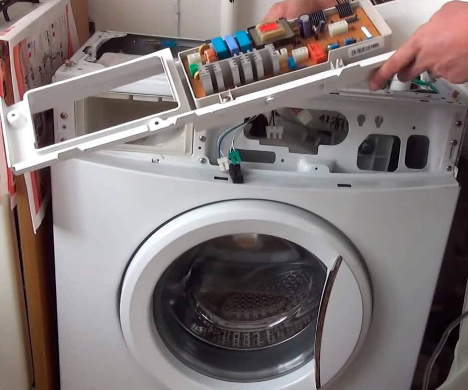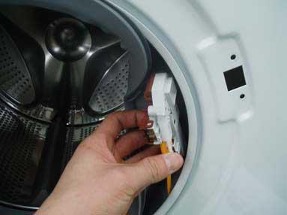How to repair the water supply valve in a washing machine? Best Tips for Valve Replacement
You can repair the water supply valve in a washing machine yourself, without contacting a specialist. To do this, prepare a set of screwdrivers, remove the side or top cover of the unit and disconnect the contacts. Step-by-step instructions and rules for checking the part are described in the presented material.
The content of the article
Preparatory work
First of all, you need to figure out how to check the solenoid valve of a washing machine, and also prepare the tools:
- screwdrivers (phillips, slotted);
- pliers (must have sharp tips);
- multimeter;
- pliers.
You will also need a rag and a basin to remove the water.
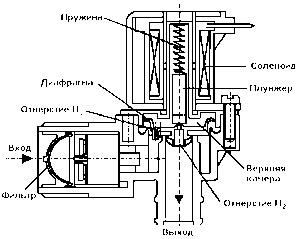
Causes of failure
Replacing the inlet valve of the washing machine is necessary in case of blockage or breakdown:
- The filter that goes after the inlet hose is clogged. There is a mesh here, with the help of which various impurities, small particles and other debris are removed. To clean, you don’t need to disassemble anything - just pull out the mesh with pliers, then rinse it and put it back in place.
- The membrane, that is, the elastic band that moves up and down, is dirty. To see and get it, you need to disassemble the valve. If there is rust on the surface, the gum is thoroughly cleaned. If cracks appear on it, the gasket is changed.
- The intake valve is a mechanism whose basis is a rod. It moves freely in the vertical direction, but if the spring breaks, the mechanism also fails - in this case, a complete replacement is required.
- Finally, the valve has a plastic housing that can also wear out. Sometimes cracks appear on it, causing water to get into the electrical contacts. In advanced cases, the washing machine even begins to shock, which leads to a short circuit.
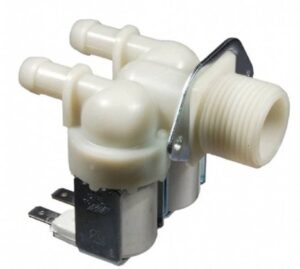
Valve check
Now you need to understand how to check the fill valve in a washing machine. The easiest way to do this is with a voltmeter. The device is set up to measure voltage and applied to the contacts. If the indicator is in the range from 20 to 40 kOhm, then the device is working properly.
There is another way - a voltage of 220 V is applied to the coil. If the device is working normally, the rod is pulled upward (you can hear a clicking sound). If the current is turned off, the rod returns to its original position. But you need to understand that this is not a completely safe method - there is a risk of getting an electric shock. Therefore, it is best to use a multimeter.
How to repair a valve
You can replace the valve yourself. To do this, first disconnect the plug from the socket and also turn off the tap that supplies water. Then proceed like this:
- Disconnect the water fill hose.
- Place a pre-prepared basin with a rag to collect the leaking water.
- Remove the cover from the top (for conventional front-type machines) or from the side (for units with vertical loading).
- Find the valve, disconnect the wires and terminals. In this case, it is better to prepare new clamps in advance, because they may turn out to be disposable.
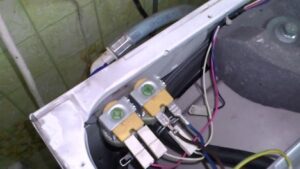
- Unscrew the bolts that hold the valve (sometimes it is secured with latches).
- Carefully turn the valve and remove it.
- Next, wash it, clean it and assemble all the parts in the reverse order. If there are cracks or the spring is broken, the water supply valve in the washing machine will need to be replaced.
Thus, at home it is quite possible to figure out how to check the valve on a washing machine, as well as install a new part. To do this you will need available tools and materials. If the element is worn out and has not been repaired for a long time, it would be correct to replace it completely. As a rule, intake valves serve for many years without complaints.




